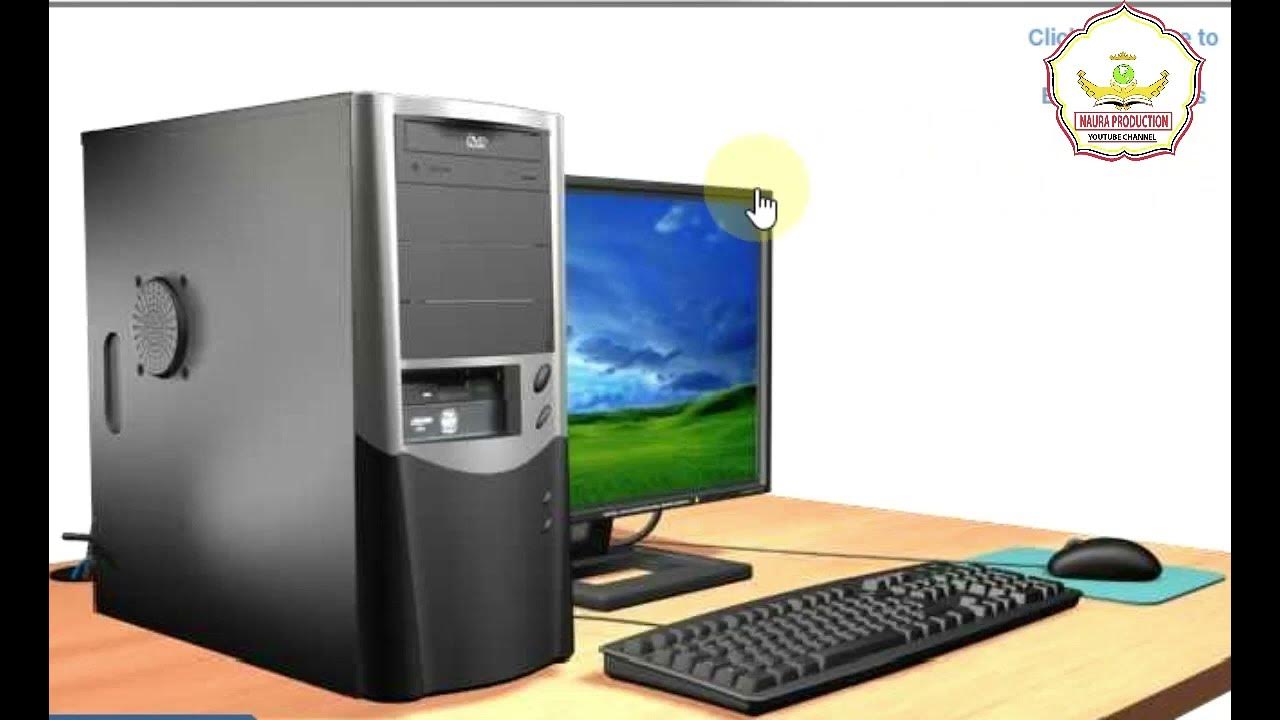Bagaimana Cara Kerja Komponen Pada Komputer? 🖥 Menelusuri Cara Kerja Hardware pada PC
Summary
TLDRThis video takes viewers on an in-depth journey inside a desktop computer, using 3D animations and microscopic views to explore its hardware. It dissects each component, from the CPU and motherboard to the GPU, RAM, SSDs, and hard drives, explaining their intricate functions and structures. The video also emphasizes the role of education and multidisciplinary learning in technology, highlighting resources like Brilliant's interactive courses. By combining engineering, animation, and science, this video offers an engaging, educational experience that reveals the complexity of modern computing.
Takeaways
- 😀 The video dissects a desktop computer using 3D animations, providing a detailed view of its components.
- 😀 The Central Processing Unit (CPU) is the brain of the computer, with cores that execute programs and instructions.
- 😀 Inside the CPU, there are billions of transistors, interconnected with wiring layers that create a complex circuit for fast computation.
- 😀 The motherboard connects all components, with a chipset that controls data flow and interactions with peripherals like SSDs, GPUs, and other hardware.
- 😀 The Voltage Regulator Module (VRM) near the CPU steps down the voltage from the power supply to levels suitable for the CPU.
- 😀 The power supply unit converts high-voltage electricity into lower voltages, delivering power to various components across the computer.
- 😀 The graphics processing unit (GPU) is similar to the CPU but focuses on parallel processing, containing thousands of cores for tasks like image processing.
- 😀 GPUs and CPUs differ in terms of processing: CPUs handle complex operations, while GPUs perform simpler, parallel tasks like arithmetic.
- 😀 The video emphasizes how understanding computer hardware involves multiple disciplines, and introduces Brilliant, an online educational platform for learning.
- 😀 Detailed explorations of other components, including DRAM, SSDs, and hard drives, illustrate the differences in speed, storage capacity, and operation mechanisms.
Q & A
What is the primary function of the CPU in a desktop computer?
-The CPU is the brain of the computer, responsible for executing programs and instructions. It performs complex operations by utilizing its cores, which are made up of billions of transistors.
How many transistors can be found in the integrated circuits of a modern CPU?
-A modern CPU can contain up to 10 billion transistors within its integrated circuits.
What is the role of the integrated heat spreader on a CPU?
-The integrated heat spreader helps dissipate heat generated by the CPU's components, ensuring efficient cooling during operation.
What is the function of the motherboard's chipset?
-The chipset controls most of the data flow within the computer, managing connections to devices like SSDs, GPUs, memory, and peripherals.
What does the voltage regulator module (VRM) do on a motherboard?
-The VRM steps down the voltage from the power supply to the specific level required by the CPU, ensuring a stable power supply for optimal performance.
How does a CPU cooler work to dissipate heat?
-A CPU cooler uses a liquid cooling system with a pump to circulate coolant through tubes and a radiator. The fan helps transfer heat to the air, while the cooled liquid returns to the pump for recirculation.
What is the main difference between a CPU and a GPU?
-The CPU performs complex operations with a few cores, while the GPU has thousands of simpler cores designed for parallel processing, making it ideal for tasks like graphics rendering and computations that require large-scale data processing.
How does a GPU accelerate graphics rendering?
-A GPU accelerates graphics rendering by using its thousands of cores to process large amounts of pixel data simultaneously, making it much more efficient for tasks like image processing and 3D rendering.
What are the key components of a Solid State Drive (SSD)?
-An SSD consists of multiple layers of three-dimensional NAND arrays that store data, memory controllers, and interface connectors like NVMe or SATA for data transfer.
What is the difference in data access speed between RAM and SSD?
-RAM provides data access in nanoseconds, while SSDs take about 50 microseconds, which is much slower than RAM but offers long-term storage capabilities.
Outlines

This section is available to paid users only. Please upgrade to access this part.
Upgrade NowMindmap

This section is available to paid users only. Please upgrade to access this part.
Upgrade NowKeywords

This section is available to paid users only. Please upgrade to access this part.
Upgrade NowHighlights

This section is available to paid users only. Please upgrade to access this part.
Upgrade NowTranscripts

This section is available to paid users only. Please upgrade to access this part.
Upgrade NowBrowse More Related Video

Bagaimana Komponen pada Komputer Bekerja? 🖥 Mari Bongkar Semua Hardware pada PC

Sistem komputer kelas XII MANUBA

Yes OBS Studio can do 3D! Here's how! (with plugins)

PENGENALAN KOMPUTER DESKTOP UNTUK PEMULA

How does Computer Hardware Work? 💻🛠🔬 [3D Animated Teardown]

Grade 7/8 TLE Q1 Ep 2 Components of a Computer System (Part 1)
5.0 / 5 (0 votes)